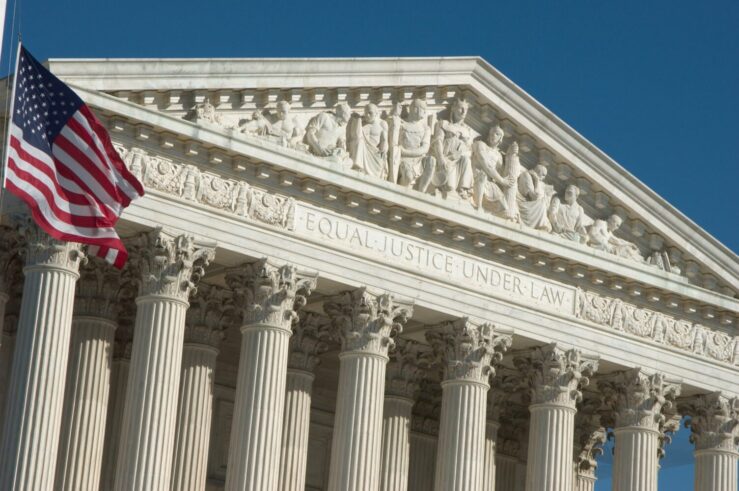You might have noticed that the current Bausch & Lomb product recall is on my list of things to blog about. Let us start in on it:
As you likely know, Bausch & Lomb announced a worldwide recall yesterday of its MoistureLoc product. This recall comes about a month after B&L disclosed concerns about and discussions with the FDA regarding a rare eye infection (Fusarium keratitis) that had cropped up among some number of MoistureLoc users (and users of other products, made by other companies, it is worth noting). At that point, in April, B&L suspended sales in the US of its MoistureLoc product.
The CEO of B&L told us yesterday that investigations have shown that there had been no contamination or tampering with the MoistureLoc product, which leads B&L to deduce that “some aspect of the MoistureLoc formula may be increasing the relative risk of Fusarium infection in unusual circumstances.” To be safe, B&L is recalling the product, while B&L continues to investigate the link between the infection and MoistureLoc.
Three things are interesting to me:
1. The wires tell us that the FDA just released a report chastising B&L for not reporting in a timely fashion 35 cases of eye infections reported by its MoistureLoc users in Singapore and for not notifying the FDA immediately when B&L withdrew its product from the Singapore market in February (well before B&L pulled the product in the US). (I could not get my hands on the FDA report, hence my introduction “the wires tell us.�)
2. The MoistureLoc solution has apparently been used since late 2004. In December of 2005, a class-action suit was filed against B&L by a woman who claimed that she suffered an eye infection as a result of using B&L’s solution, and the infection ultimately required her to get a corneal transplant.
3. The RiteAid and Target directors have not yet responded to a fax (or e-mail) I sent to them last month, asking whether I should stop using their generic eye care products (in the event that their products were made by B&L and/or Alcon).
Allow me to expand on these three things: Points two and three above are interesting to me because they would make good facts for an exam question. Specifically, I view B&L’s disclosure failures and the fact that B&L was on notice of potential problems months ago as raising fun securities fraud and director liability (for good faith failures) issues.
On the issue of securities fraud, B&L appears to have been holding off on filing 10Qs and 10Ks for months. Initially, the reason given was unrelated to the MoistureLoc eye infection issues. My question is “at what point did B&L know enough about the eye infection potential that it became material disclosure that *had* to be made, such that the failure to make the disclosure while making *other* disclosure constituted securities fraud?�
Remember the balancing test from Basic v. Levinson – essentially balance the contingency against the impact it would likely have if it came to pass? It seems to me that (a) getting sued by a bunch of folks who have serious eye problems (including blindness- God forbid), (b) having to pull a relatively significant product, and (c) losing consumer confidence in other unrelated products are all things that I would peg as “material enough� (for lack of a better phrase) under Basic to merit disclosure sooner rather than later. I understand that making disclosure sooner rather than later raises the risk of alienating investors if it later turns out that the fungal infection issue is a non-starter. But we are talking about eyes here, people; not toenail fungus infections.
On the director liability front, I would love to know how much the B&L directors knew about the potential MoistureLoc concerns and when they knew it. I see this as a policy sort of exam question – “if you are called by your friend Sue, a director for Generic Eye Care Inc., and she tells you that the COO of Generic mentioned something while on the links with her about a class action suit related to eye infections but the COO said this sort of litigation was de rigeur in the medical products world, and Sue asks you if she needs to raise a red flag with her fellow directors, what do you tell her? Remember that the modern board is a ‘monitoring board,’ at best.�
With respect to point three above, I faxed (or e-mailed) letters to the Boards of Directors of both Target and Rite-Aid back in April when I heard about B&L’s product recall, asking whether either of their private label eye solutions (which I use) were actually B&L products about which I should be concerned. I also asked in the letter what I should do, in terms of using the products and/or getting my eyes examined.
In a *shocking* turn of events, I have not yet heard back from even a single director.



